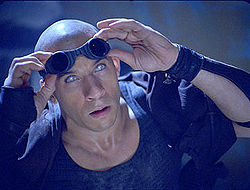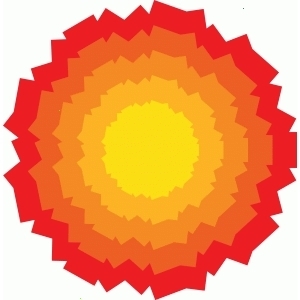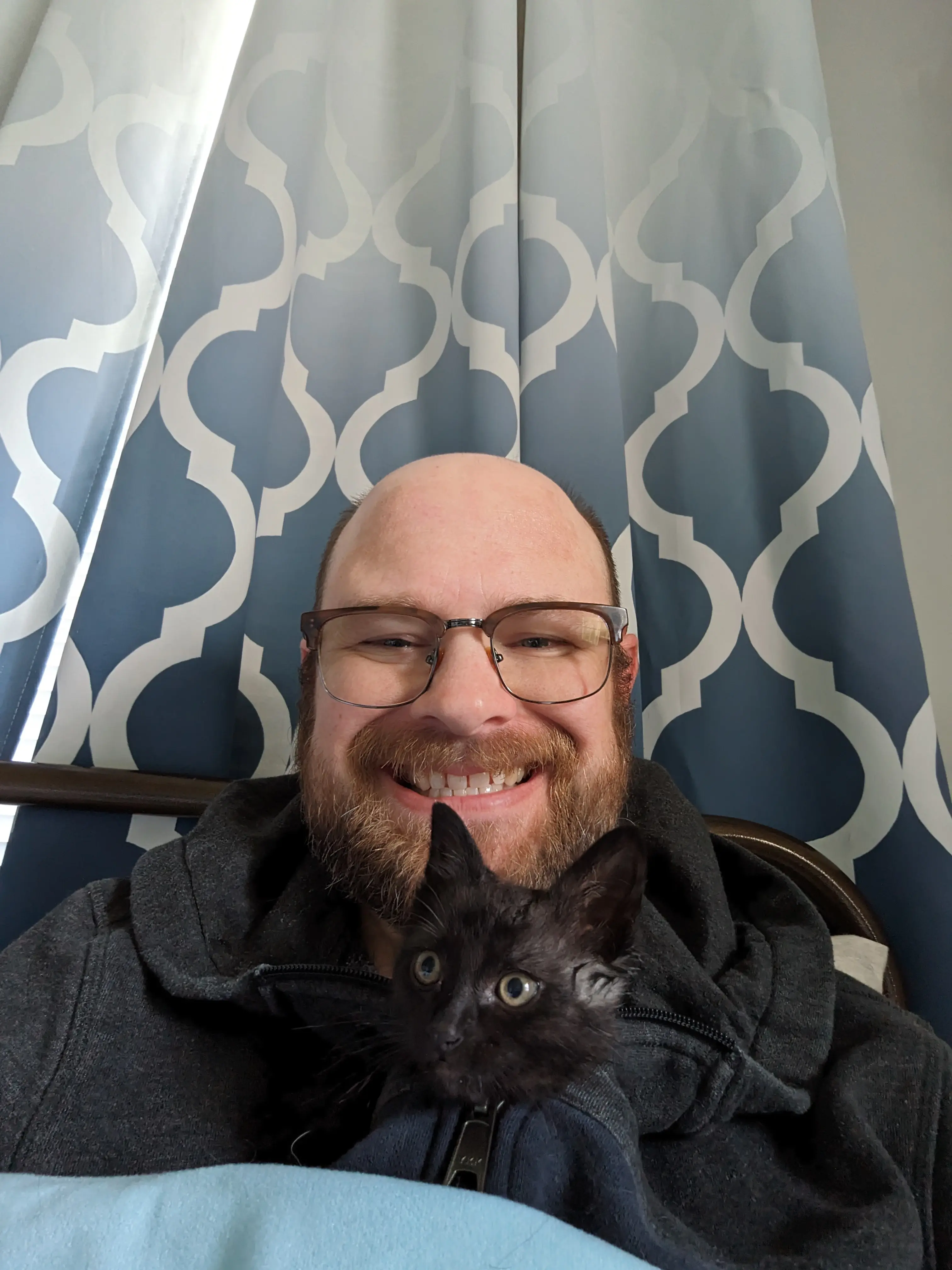I put mine in backwards, now I’m blind.
The contact lens technology uses nanoparticles that absorb infrared light and convert it into wavelengths that are visible to mammalian eyes
Sounds like florescence—but with florescence, the light is re-emitted in all directions, not the same direction as the incident light. So the contact would glow in the presence of infrared light, but it wouldn’t maintain an image.
when the mice were given the choice of a dark box and an infrared-illuminated box, contact-wearing mice chose the dark box whereas contact-less mice showed no preference.
That’s consistent with the mice seeing a glow but not an image.
the pupils of contact-wearing mice constricted in the presence of infrared light, and brain imaging revealed that infrared light caused their visual processing centers to light up.
That still doesn’t imply that the mice are seeing an image.
In humans, the infrared contact lenses enabled participants to accurately detect flashing morse code-like signals and to perceive the direction of incoming infrared light.
Hmm, the directionality is suggestive—but is it just a result of turning their eyes or head?
Because the contact lenses have limited ability to capture fine details (due to their close proximity to the retina, which causes the converted light particles to scatter), the team also developed a wearable glass system using the same nanoparticle technology, which enabled participants to perceive higher-resolution infrared information.
Ok, now they admit the limitation, but I don’t understand how glasses would help… unless you used a lens in front to focus light on a translucent film that would act as a retina which you’d then look at from behind. But that would be more like holding a pinhole camera in front of your face than like using conventional glasses.
In humans, the infrared contact lenses enabled participants to accurately detect flashing morse code-like signals and to perceive the direction of incoming infrared light.
Oh, yeah. That sounds like night vision.
Eyeshine 😏

whoa look at mr 20 menthol kools…
hold out guys, only 20 years after the military will we can afford it!
(na, good news!)
That sounds horrible. I have a scar in my eye that makes it so i still see light when i close my eyes. It is not a good time.
Now put it on glasses. I can’t do contacts.
Night vision goggles have existed for decades by now. You can buy them retail if you look (may need to look hard - Ukraine is using a lot of them and may be taking up all supply)
I don’t want goggles, I want fashionable eye wear!
In what world are goggles not fashionable?
Wow, this is absolutely amazing. Its been a while since I’ve been genuinely excited about a new technology
I really, really want to try them. I don’t have a use case for them (a flashlight works for me, too), but I want to experience how that feels.






